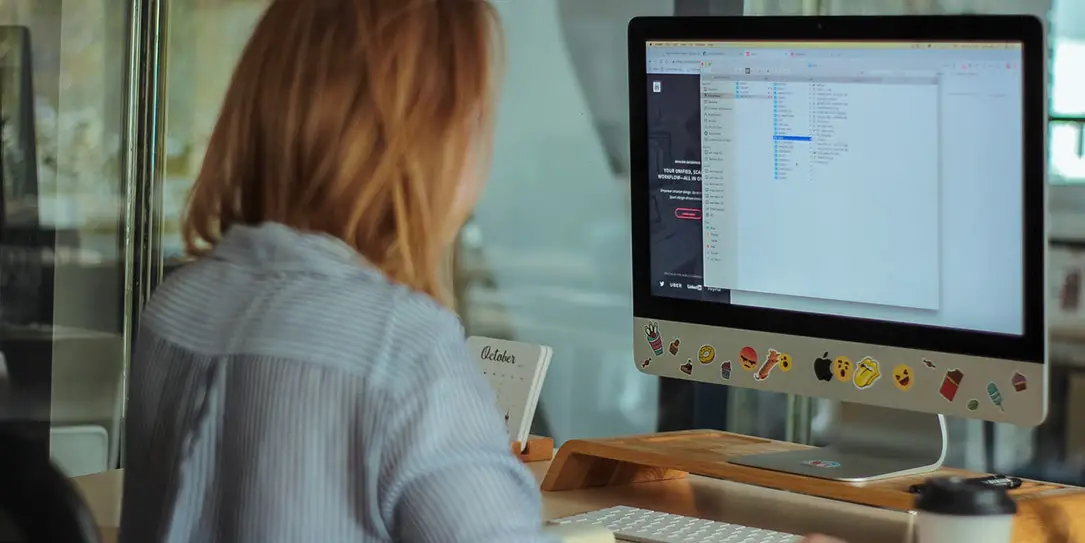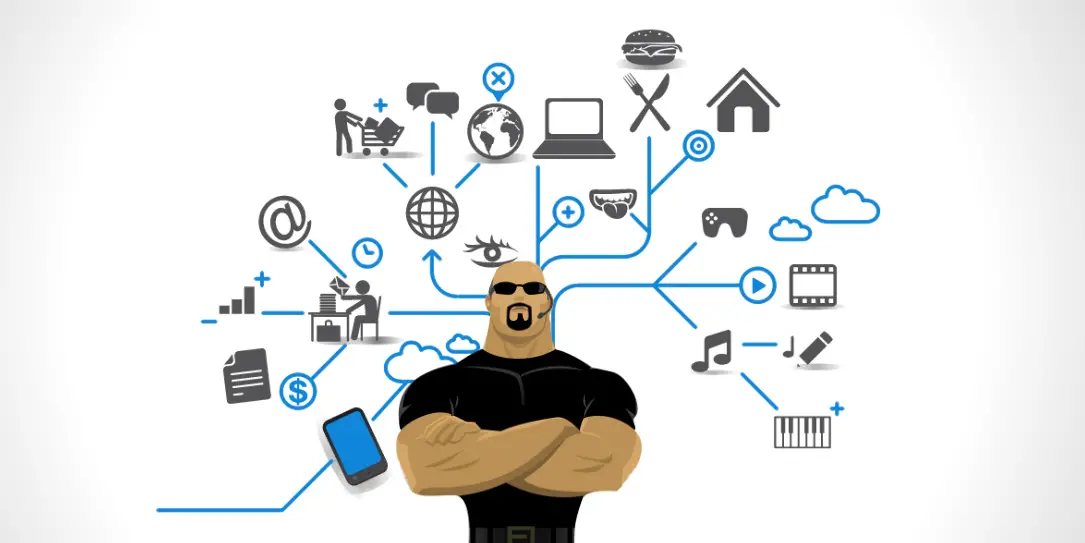
As technology becomes a more prominent and instrumental element of our daily lives, so does the underpinning software and platforms powering these systems.
Just as a computer needs an operating system to function to its full potential, IoT and network devices need firmware and all electronics need some form of software.
The growth of technology has introduced a concurrent increase in demand for better and more efficient software. This side-by-side growth has also pushed new professional opportunities, as more companies and operations look to bolster their software development teams.
But that doesn’t mean the market isn’t competitive — quite the contrary. Anyone who wishes to remain competitive in today’s landscape must keep their fingers on the pulse. New and innovative trends play a role in software development. Understanding where the market is going and what professionals can be doing to advance in the field is not just beneficial — it’s essential.
Here’s a look at some of the more influential trends making an impact in the software development field today.
1. THE RISE OF ROBOTICS AND TELE-INTERFACES IS IMMINENT
The rise of robotics and advanced automation solutions is no secret. So many are discussing the idea that they might lose work to these new technologies and systems, which goes to show just how prevalent they are in today’s landscape. Experts project the industrial robotics market alone to grow by 175% over the next decade.
An often overlooked element of this whole situation, however, is that the software and control interfaces used to manage these technologies don’t yet match the demand. The lack of infrastructure becomes even more glaring concerning remote computing.
Think of it like this. Every robot or hardware system needs underpinning software to power its operation. But they also require nuanced controls, which property or facility managers will use to keep the equipment running optimally or making adjustments. That might be a local system, powered via on-site computers and servers, or it might be off-site systems — reliant on cloud computing and remote technologies. Then there’s “smart” or app-based controls accessible via mobile. Those kinds of control interfaces need someone to build them as well.
Any way you cut it, the rise of these technologies puts increased demand on software development circles. And that’s before even considering maintenance and continual improvement requirements. All these software solutions will need support long into the future through bug fixes, security updates, and general improvements.
2. MIXED-REALITY SOLUTIONS ARE GROWING MORE COMMON
Virtual reality (VR) and augmented reality (AR) technologies are becoming more popular as their capabilities increase. The worldwide AR and VR markets will likely grow over seven times their current size between 2018 and 2022.
These solutions offer many applications, particularly when it comes to hands-on or virtual training, instructional tasks or even research and development. Workers can don a headset to immerse themselves in an entirely virtual experience using VR tech. On the other side of the coin, they can bring digital information and content into the real world using AR tech.
For example, imagine a plumber or electrical technician being able to see all the wiring and pipelines hidden behind solid surfaces by wearing a pair of AR-enabled goggles. But as with all forms of modern technology, developers must create the software powering these devices and experiences.

3. THE INDUSTRY IS TURNING TO IOT OR IIOT FOR SMARTER OPERATIONS
McKinsey predicts the IoT market will be worth a whopping $581 billion for information and communications technology-based spending by 2020, at a compound annual growth rate between 7 and 15% during that same period.
The Internet of Things — or Industrial Internet of Things — is more of a network of similar devices, all designed to collect and transmit varying streams of information. They also present new, more efficient opportunities, like the ability to control related devices from afar or enable more informed automation processes.
Software developers and engineers will have to create all digital facets of these technologies, from the firmware used to power the tech to the interfaces and software used to control them.
Of course, when you’re talking about more vulnerable and internet-ready devices, the overall requirements are much more complex, too. Information security and high levels of privacy are necessary when it comes to the transmission and collection of all data. It’s not safe to exchange highly sensitive information openly, where competing operations or unscrupulous parties could harvest it.
Software developers will not only be responsible for creating these solutions but managing all aspects of them as well, including continued security and efficiency. Some longstanding professionals may even move into managerial or advisement positionsusing their accrued experience, talents and knowledge to further corporate interests. This shift is particularly notable for information security, as high-profile hacks and data breaches are incredibly common these days.
4. LOW-CODE DEVELOPMENT WILL PICK UP SPEED
Coding and language requirements continue to lessen as time goes on, with the industry pushing towards more streamlined opportunities. In a survey involving 3,300 IT professionals, 41% said their organization is already using a low-code platform.
For those unfamiliar, low-code development involves the use of drag-and-drop style interfaces, mitigating the need to understand programming and coding.
That doesn’t necessarily mean there’s a decrease in demand for professionals with programming backgrounds, especially since developers still need to engineer low-code environments in the first place. But it does help to show where the industry is heading in the next few years. More and more development operations will focus on using such platforms, so gaining familiarity with them is desirable.
It also shows software developers will need to interact more and more with non-coding types or inexperienced developers, which requires a certain finesse.
THE SOFTWARE DEVELOPMENT INDUSTRY IS ALWAYS CHANGING
While the trends discussed here can and will have a significant impact on the future of the industry, they are not the only changes happening.
Additional trends include the rise of microservices and perpetual offerings, the spread of conversational UI and increased emphasis on AI and automation, as well as more capable remote and cloud computing technologies. Any of these trends could replace the others in priority and importance. It’s difficult to say with any degree of certainty what trends will rise to the surface.
One thing is always certain, no matter what trend or pattern is prevalent: The software development industry is continually evolving, and that’s never going to fade away.
[“source=techaeris”]
